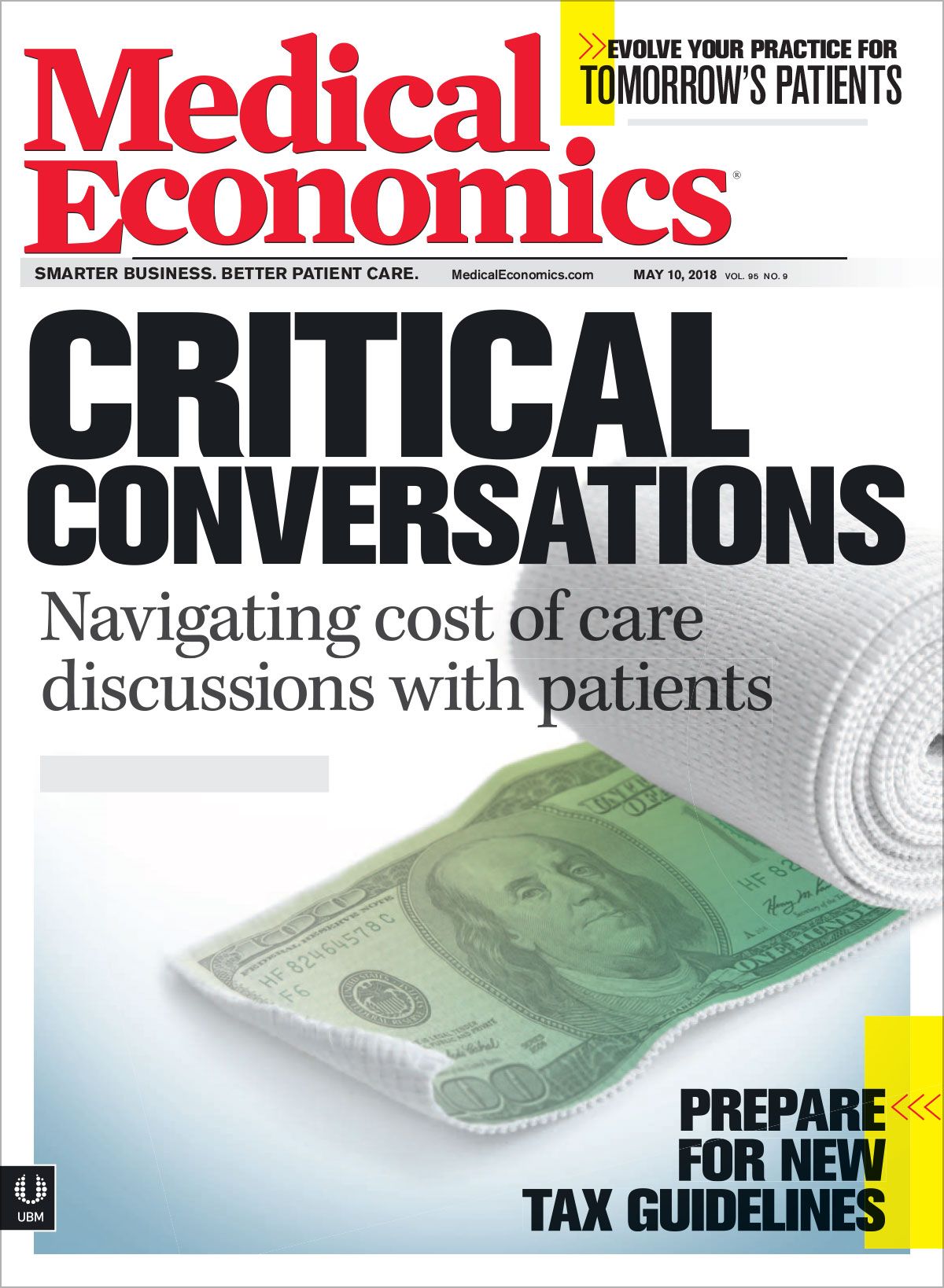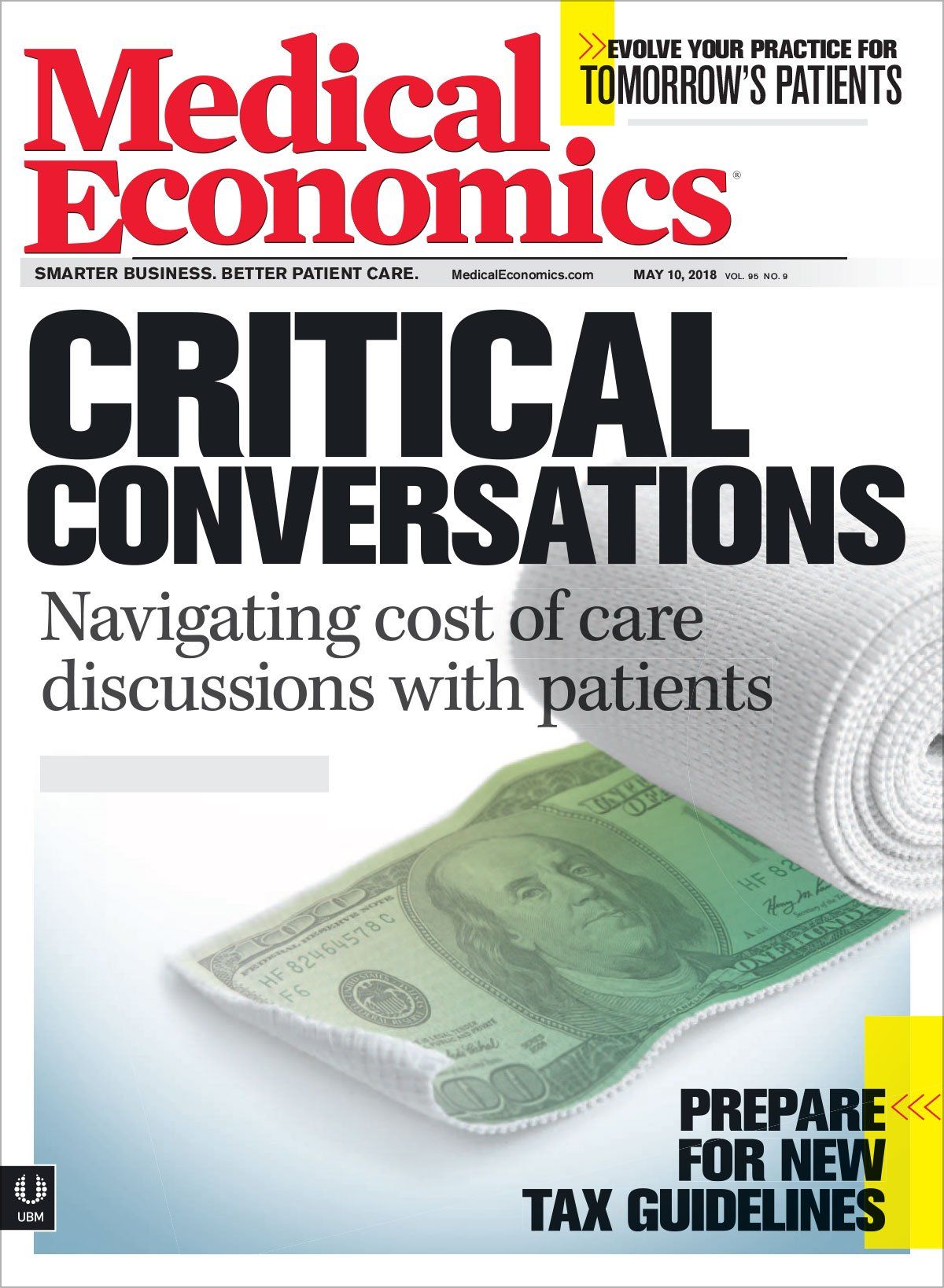Publication
Article
Medical Economics Journal
Manage rheumatoid arthritis and related quality metrics
Author(s):
Prescribing a disease-modifying anti-rheumatic drug (DMARD) for patients with rheumatoid arthritis not only helps alleviate symptoms, but it may also help physicians trigger performance-based bonuses from certain commercial payers.
This article appears in the 5/10/18 issue of Medical Economics

Approximately 1.5 million people in the United States have rheumatoid arthritis, according to the Arthritis Foundation. Prescribing a disease-modifying anti-rheumatic drug (DMARD) for patients with rheumatoid arthritis not only helps alleviate symptoms, but it may also help physicians trigger performance-based bonuses from certain commercial payers.
That’s because rheumatoid arthritis is a condition included in the 2018 Healthcare Effectiveness Data and Information Set (HEDIS), a tool used by more than 90 percent of commercial insurers to measure physicians’ performance on care and service.
Many payers tie physician bonuses directly to their ability to satisfy HEDIS requirements-in this case, the ability to dispense at least one ambulatory prescription for a disease-modifying anti-rheumatic drug for patients with rheumatic arthritis ages 18 and older
Prescribing DMARDs
Early intervention is critical for patients with rheumatoid arthritis, and it’s also something that payers increasingly must report as a HEDIS measure. If physicians can show that they provide high-quality, evidence-based care-either through prescribing DMARDs or working with rheumatologists to co-manage care-payers might provide physicians with a performance bonus, says Colleen Gianatasio CPC, CRC, risk adjustment quality and education program manager at Capital District Physician’s Health Plan in Albany, N.Y.
Physicians-particularly those in rural areas without easy access to rheumatologists-need to feel comfortable recognizing the signs and symptoms so they can prescribe first-line standard medications, such as methotrexate, says Fotios Koumpouras, MD, a rheumatologist and assistant professor of medicine at Yale University.
“The first thing is to pick up the phone and call the rheumatologist,” he says. “A quick phone call can actually make the internist feel more comfortable to initiate a treatment plan.”
Nitin Damle, MD, an internist in Wakefield, R.I., agrees. “The more we can communicate with rheumatologists, the better we can be at managing the problems that arise,” he says. “If we need to change a medication, for example, that’s much easier to do when there’s a collegial relationship.”
Having a collegial relationship with rheumatologists not only helps physicians meet MIPS and HEDIS measures, it can also assist with Accountable Care Organization (ACO) quality reporting, says Gregory Steinmetz, MD, a primary care physician at Associates Primary Care Medicine in Warwick, R.I.
For example, to fulfill its obligations under an ACO contract, Steinmetz’s practice previously had to report whether patients with rheumatoid arthritis were prescribed a DMARD. Insurers sent the practice lists of patients diagnosed with rheumatoid arthritis, and someone from the practice had to call each patient’s rheumatologist to obtain documentation confirming DMARD treatment. Creating a relationship that promotes the ongoing exchange of information can help practices meet this quality metric more easily, he says.
Chronic care management (CCM) programs can help open the lines of communication with rheumatologists to obtain this information, says Gianatasio. That’s because with CCM, practices have already created workflows that promote frequent communication with specialists who help co-manage chronic conditions, including arthritis. “We really encourage communications between our primary care physicians and specialists,” she says. “We still see a major gap between them. At least once a year, you really should be asking for charts from the specialist.”
2 Commerce Drive
Cranbury, NJ 08512
All rights reserved.






